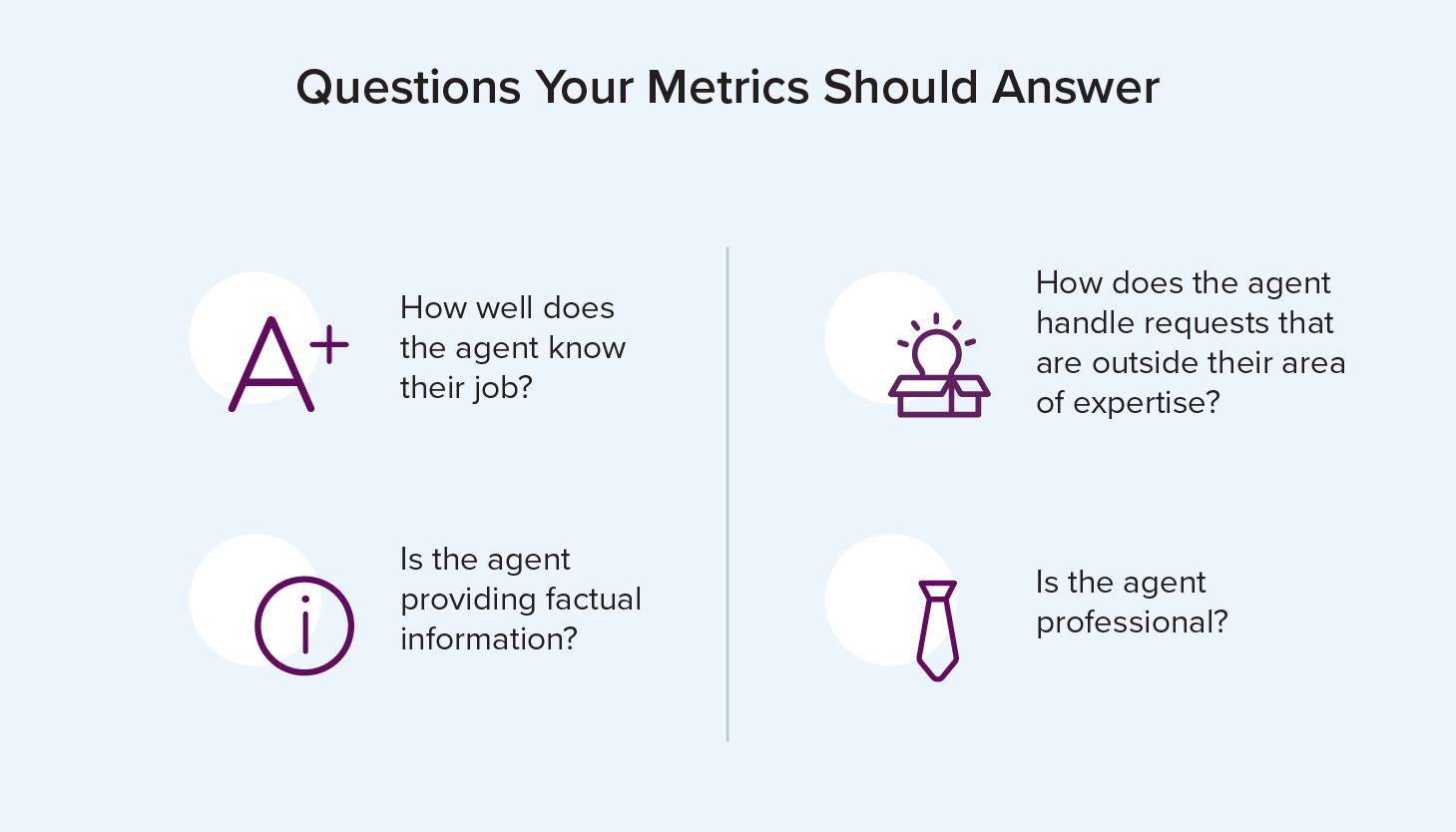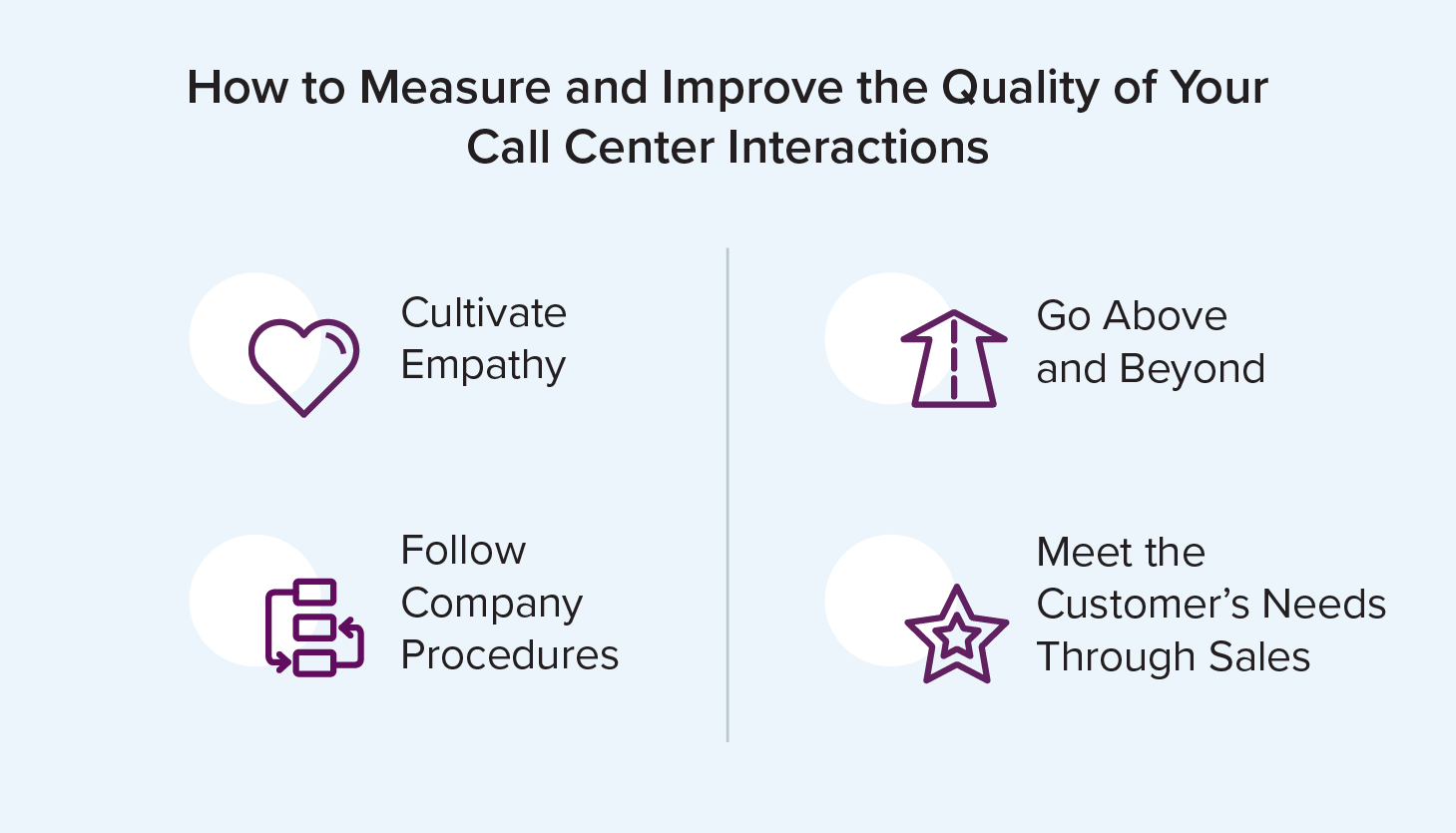Dick Bourke of Scorebuddy discusses how you can drive actionable insights from your quality metrics results.
If you are a call centre or quality assurance manager, then you likely use call centre metrics to measure your agents’ performance.
Traditional call centre analytics examine adherence and operational efficiency. Most call centre metrics measure things like average call duration, the number of calls in queue and resolution time.
While data like this has been important and still has its place, it is now more widely stated that qualitative insights are often as, if not more, important.
Unfortunately, there has been less focus on how qualitative factors impact the customers call centre experience.
Defining QA Metrics
Measuring the right call centre quality assurance metrics to measure customer experience and team efficiency grants invaluable insights into how well your call centre is performing. But knowing what to measure while ignoring the metrics that don’t grant actionable insight is a skill that any call centre manager should possess.
QA metrics should also help you judge your centre’s productivity over time. How many calls are resolved in the first call, how happy are customers after the call, how long is the average call?
It’s also important to remember that QA metrics can, and often do, change from one industry to the next. You wouldn’t expect a support call to a retailer to have the same process and flow as a call to a financial service institution like a bank. The needs, regulation, tone, and context are all vastly different and the call centre QA metrics that are tracked should adapt accordingly.
Defining the correct call centre quality assurance metrics starts off by establishing which QA metrics are the most relevant to your company’s goals.
Below is a short list of some of the most common call centre metrics used worldwide:
Average Speed of Answering (ASA): ASA (also called average delay of calls) measures how long the call centre took to answer a call
First Call Resolution (FCR): This metric aims to track if reps are able to resolve customer problems on the first call or if multiple interactions are required.
Average Handle Time (AHT): The average time to successfully settle a call to a satisfying resolution. But, a low AHT with low customer satisfaction is detrimental to the call centre. The goal is to resolve the issue, not to get callers off the line as quickly as possible.
Customer Satisfaction Score (CSAT): How satisfied are customers – for example, on a scale of 1 to 10, 1 being not at all satisfied and 10 being very satisfied.
Net Promoter Score (NPS): NPS measures customer loyalty and the strength of your relationships with your customers. One way it does this is by tracking how likely a customer is to refer [promote] you to a colleague or to a friend.
QA Metrics in the Call Centre
According to a recent article in Forbes written by a contributor from Bain Insight, improving call centre quality includes changing what you measure, so your organization can focus on improving the customer experience—which leads to fewer calls from unhappy customers.
Using Net Promoter Score, a leading metric for customer loyalty and comparing it to internal call agent quality assurance metrics can provide valuable insight into how agent performance measurement compares to customer loyalty. Using “first-call-right” quality assurance metrics should replace average handle time metrics.
An organization can monitor its average handle time to better understand the resourcing requirements, but overemphasizing this metric often results in fewer first-time resolutions and poor customer experience, which costs the organization more over the long run.
As a call centre or quality manager, you can’t ignore the impact of customer emotions on your bottom line. Yet many traditional call centre metrics fail to measure how customers feel.
The speed in which your agents answer and resolve a customer call is important but it does not communicate how a customer feels after interacting with the agent. It also does not express how the agent’s behaviour impacts the customer’s feelings.
Looking at how well the agent engages with the customer is the key to improving call centre QA and performance. Here are several important tips to help you measure and improve the quality of your call centre interactions.
Cultivate Empathy
When a customer reaches out to a call centre for service, they want to be heard and feel as if the agent understands what they are going through.
Empathy helps create a memorable, positive customer service experience. So, if the customer feels like the agent doesn’t care, they are not likely to feel compelled to continue doing business with the company. Empathy is important when it comes to optimal customer service.
Empathy occurs when the agent celebrates the customer’s success with them. When an agent shows empathy, they truly understand the impact that the problem is having on the customer’s day. Having empathy for the customer’s situation will propel the agent to help ease the customer’s pain by doing everything that they can to remedy the situation.
So, how can you measure whether your agents are empathetic towards customers? Here are several questions that your metrics should answer to determine if your agents employ empathy in their interactions with customers.
- Was the agent interested in what the customer had to say?
- Did they actively listen to the customer without interrupting them?
- Was the agent flexible in meeting the customer’s needs?
Go Above and Beyond
Call centre agents can meet customers’ needs by going above and beyond in the interaction. Customers want to feel like the agent appreciates them. When a call centre agent goes above and beyond, it lets the customer know that they are valuable and appreciated.
Here are some ways to measure whether the agent went above and beyond:
- Did they address the customer’s needs—even if the customer did not state them?
- Did they provide a wow experience to the customer?
- Did the customer respond to their attempts to go above and beyond?
Follow Company Procedures
How well the call centre agent understands and adheres to your company’s procedures is important. It may be invisible to the customer but if the agent does not provide the caller with the correct information or ignores company policy, it can adversely affect service downstream, not to mention the bottom line and company reputation.
You should therefore use a metric that measures business-critical issues, whether agents are following company procedures. Here are some questions your metrics should answer:
- How well does the agent know their job?
- Is the agent providing factual information?
- How does the agent handle requests that are outside their area of expertise?
- Is the agent professional?

Meet the Customer’s Needs Through Sales
Are your call centre agents listening to your customers and listening for the opportunity to provide value? Trying to sell something that they do not want is an imposition on the customer and is likely to make them feel irritated.
For example, if a customer calls your call centre because they want to order a computer for their child and the agent tries to sell them an upgraded suite of software for business use, the agent has not actively listened to the customer.
On the other hand, selling a parental control package to a customer buying a computer for their teen is a great way to meet that customer’s needs, especially if the customer has expressed worry about their teen visiting inappropriate sites on the internet. Your quality assurance metrics should be able to answer the following questions:
- Did the agent offer upgrades to the customer during the interaction?
- Were the upgrades appropriate based on the customer’s verbalizations during the interaction?
- Was the agent listening to what the customer wanted and needed?
- Did the agent try to sell something that would enhance the customer’s experience?
- Was the product offered a better version of something that the customer wanted?

Benefits of QA Metrics
The benefits accrued for companies using call centre quality assurance metrics cannot be overstated. There is compelling evidence of a link between consistently high levels of customer satisfaction and superior financial performance.
This should motivate CX leaders to make the case for investment in customer experience and highlight the return in terms of customer experience outcomes, financial benefits, employee engagement and reputation.
According to a recent Forrester Insight article, finding the correct metrics to measure and improve upon depends upon your firm’s individual goals.
The goal, for example, to grow revenue will necessitate using metrics that measure customer behaviours you are looking for, such as customers buying more, customer retention and customers recommending your products or services to other potential customers.
Scoring and reporting on call centre QA Metrics will pinpoint deficiencies and proficiencies in agent performance and at the same time will enrich the coaching that QA managers need to provide their agents.
By tracking progress of the agents, providing timely feedback, coaching and training, QA managers can build a much better culture for agent progression. And to the most important benefit accrued, customers will experience much better service quality and increased satisfaction, and thus the likelihood of a significant improvement of brand awareness and brand loyalty.
How to Improve QA Metrics
How do you measure CX and customer happiness successfully to improve QA metrics? Answering this question is the foundation for any successful metric tracking.
According to a study published this year by the Institute of Customer Service, the key differences in satisfaction between the highest scoring organizations in customer satisfaction, within each industry sector, are complaint handling, over the phone experiences, openness, trust and transparency.
These companies have tended to show the strongest levels of revenue growth, profit and employee productivity.
By employing metrics that measure performance of agents in each of these areas, organizations can gain higher levels of customer satisfaction than their sector averages.
In this report, the Institute of Customer Service cites key considerations when trying to improve QA metrics including:

Dick Bourke
- Measuring the attributes of experiences that are considered most important by customers
- Identifying and measuring the key drivers of satisfaction, dissatisfaction, recommendation or repurchase
- Measuring customers’ perceptions about the values and qualities that are core to the organization’s purpose
- Tracking linkages between employee engagement, customer satisfaction and employee productivity.
The next step is to determine what analytics are best suited to provide the data that measures the CX and QoS correctly.
Last, you must create a process to record, track, and analyse to turn the data into an action plan you can use to improve the call centre.
This blog post has been re-published by kind permission of Scorebuddy – View the Original Article
For more information about Scorebuddy - visit the Scorebuddy Website
Author: Scorebuddy
Published On: 11th Jul 2019 - Last modified: 26th Feb 2025
Read more about - Expert Insights, Analytics, Metrics, Quality, Scorebuddy






 Scorebuddy is quality assurance solution for scoring customer service calls, emails and web chat. It is a dedicated, stand-alone staff scoring system based in the cloud, requiring no integration.
Scorebuddy is quality assurance solution for scoring customer service calls, emails and web chat. It is a dedicated, stand-alone staff scoring system based in the cloud, requiring no integration. 









